
Here are the top 3 things that’ll stay strong in 2019, shape how logistics is handled, and business is conducted across the globe. With the best delivery route planning software, logistics management would be more streamlined than ever before.
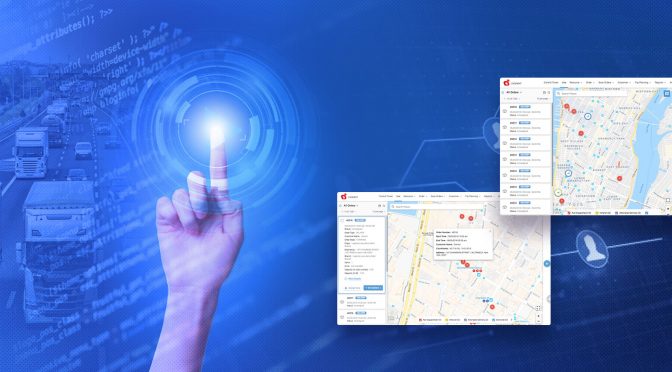
Gone are days of static analysis and planning. Deliveries are made not within charts and tables. They are made live, so should their scheduling and routing. All live. You know everything one glance, you can do everything in one click.

Ever wondered how some of these big-name e-commerce companies across the globe manage international sales events? It is only possible with tech creating shorter delivery routes and more successful (on-time) deliveries per day. This tech is the crux of what makes same-day delivery, not just a phenomenon but a reality.

The World Bank has said logistical costs swallow up around a quarter of Indonesia’s gross domestic product, citing bottlenecks in supply chains, long dwelling times in ports and lengthy trade clearances. Indonesia’s e-commerce sales are set to rise from 3 percent of retail activity now to 19 percent by 2027, Morgan Stanley estimates.
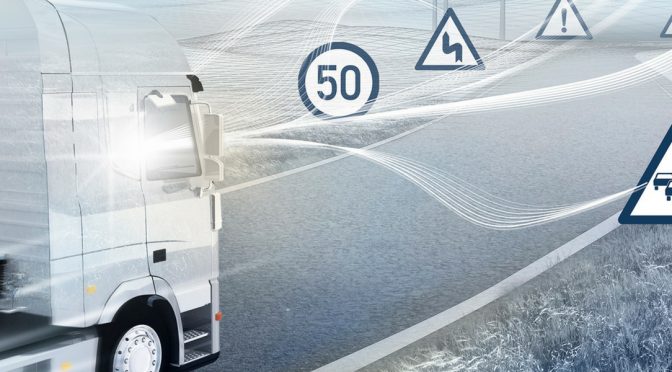
According to the American Trucking Associations, freight tonnage hauled by trucks would increase by 27% (between 2016 and 2027). With global retail sales to touch $27 trillion by 2020, it just adds to the problems of high volume and restricted resources. Most of these companies would win or lose based on how they optimize their last mile deliveries.
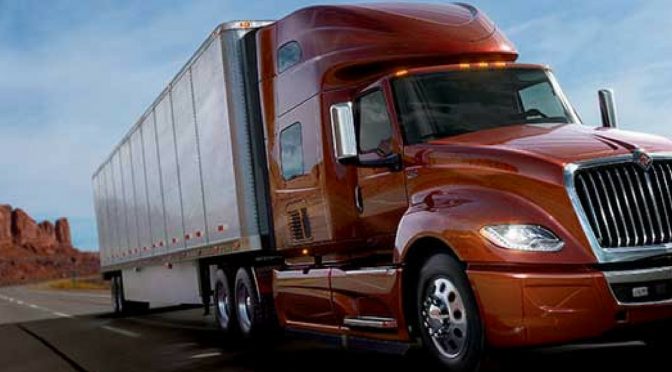
Know where your drivers are at all times. A trucker was lost in snow-covered woods in Oregon for four days when the wrong address was plugged into the GPS. He managed to survive and walk back to more populated areas when his truck got stuck on small roads.
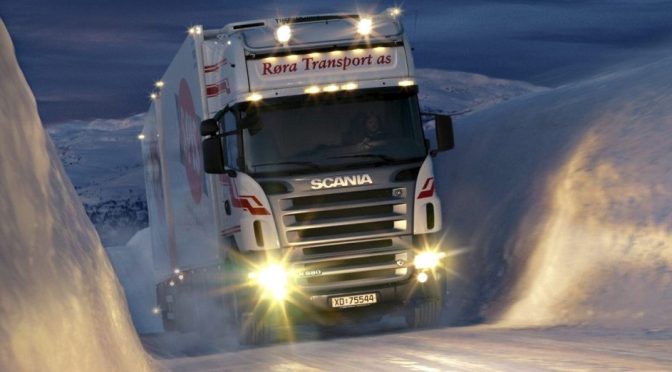
Polar Vortex can disrupt logistics movement pushing up freight rates due to a shortage of trucks and drivers. Shipments may be delayed either due to rerouting away from snow-blocked highways or, being detained due to traffic bottlenecks. Multi-modal transport via railroads and ports are also affected.
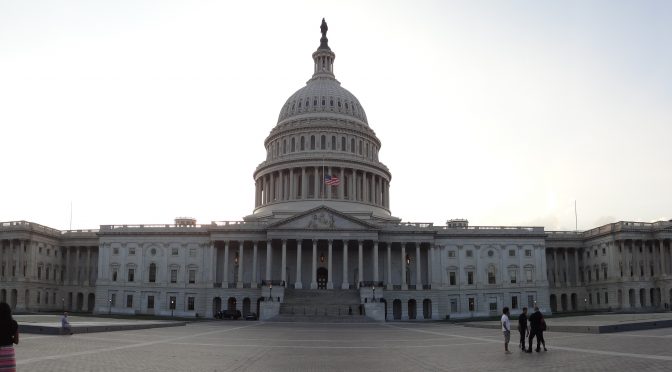
The U.S. government shut down at midnight on Friday, 19th January, 2018, after Democrats and Republicans, locked in a bitter dispute over immigration and border security, failed to agree on a last-minute deal to fund its operations. Democratic leaders wanted to include protections from deportation for about 700,000 undocumented immigrants who arrived in the United States as children.
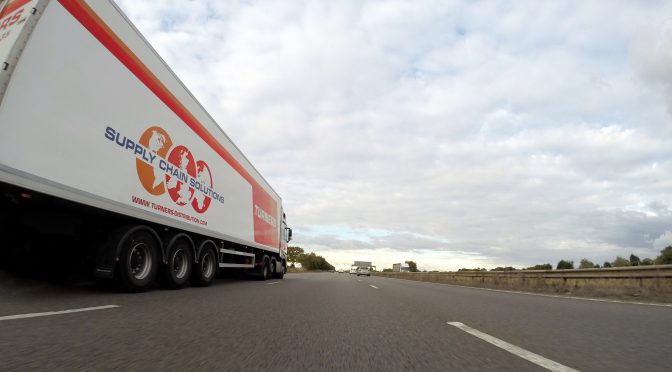
It is time our industry stopped chasing Uberization and created an Airbnb model. In trucking, Uberization is still transactional brokerage. There are key differences in the personal transport versus the freight market. What we need is a pay-per-day model that allows for short-term dedicated capacity, rather than long term dedicated contracts.
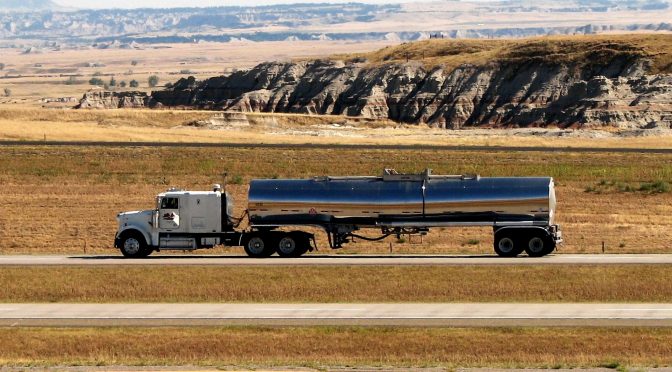
The Phase 2 (Mandatory Implementation) of ELDs began on the 18th of Dec 2017. US Department of Transport is mandating that drivers be on duty for a fixed set of hours (60 hours in 7 days, or 70 hours in 8 days; based on the breaks taken in between). There are multiple constraints was total hours of driving.

